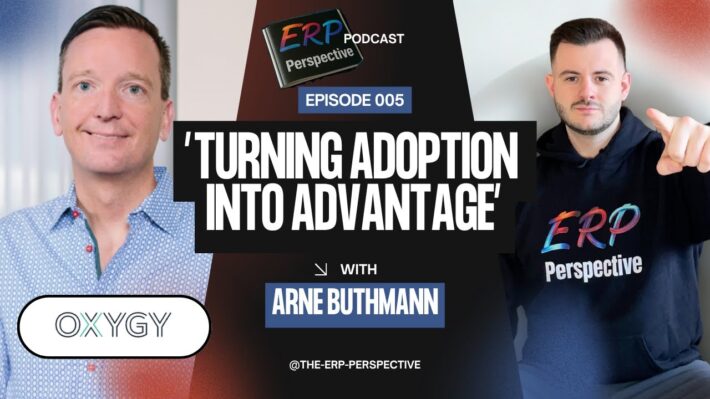People don’t like change? They don’t like being changed!
Six questions for Friedemann Lutz about people’s openness to change and the acceptance of new technologies.
Why are people afraid of change that comes with new technology?
Are they really? In our experience most of them are not. What they are truly afraid of is being forced into the unknown, without an understanding of the bigger picture, the reasons for the change or the impact it will have on them.
What do you want to express with this comparison?
Let me give you some examples:
First, a medical device company wanted to accelerate data driven innovation. They launched an initiative to improve data governance, designed new roles and responsibilities and new processes to manage data, and implemented a new system to support data exchange within the company as well as with third parties. Unfortunately, the new solutions were developed within a small team, with a lot of support from external consultants but without much engagement from the relevant stakeholders or the staff whose roles and processes were about to change. Consequently, the new approach met a lot of resistance and it took years to introduce it to the organization.
Secondly, a bank wanted to become more customer centric with the help of new digital tools like AI and enhanced digital channels etc. The executive board developed a new vision around digital customer relationship management and communicated it on multiple occasions. There was a campaign with a nice claim, posters and video messages. Some new tools were introduced with high IT effort. But not much happened that would serve the declared purpose of customer centricity nor was the staff involved in generating and implementing ideas. Neither NPS nor sales figures, customer loyalty or cross-selling activities showed a significant improvement.
Finally, a consumer goods company wanted to become more agile and digital. The company reorganized, reporting lines were shortened, and a new matrix structure was implemented. A digital roadmap was announced, developed by a small team, that drove some isolated “lighthouse projects”. After 2 years the program faded out without any clear impact.
The commonality: In all three examples the failure was explained by the lack of openness to change. That “inertia is bigger than the readiness to change”.
What does it take to engage people for change and new technologies more successfully?
First there must be a good reason for the change or the introduction of a new technology: Why do we want to use AI? Why is this important? What are the specific challenges that we need to respond to? What do we hope to achieve by using this new approach?
Next you should give people the opportunity to develop an answer on their own: What does this mean for my team and for myself? Instead of presenting your answer to them, let them develop their own solutions.
If you provide guidance and clarify the nature of the current challenges and the opportunities that come with new technologies, most teams will come up with very, very sensible answers.
Why is this important?
People love to develop their own ideas and enjoy realizing them. And that is what we want in an agile organization, right? Most of the time you provoke a defensive reaction, when you tell people what they should do and impose a solution on them. We have seen teams being busy for weeks and months trying to prove that a certain solution does not work for them.
What are the other key elements of successful change?
It is very important to measure and monitor progress, so that everybody can see clearly where they stand. Success should be measurable in figures, and not just individual impressions, which may differ from person to person. Visual Performance Management is a tool for this, ideally embedded into an OKR (Objectives & Key Results) approach that many of the successful tech companies have been using to drive big change.
What happened in the examples you mentioned earlier? How did you help them?
For the medical devices company, we engaged relevant teams in identifying the drivers for successful usage of existing data in their own area and beyond. We helped them to understand where data driven innovation could lead them. There were some interesting surprises no one had seen before. They not only developed a very sensible approach together with the other teams, but they were also very excited to finally put the solutions in practice and started working on quick wins immediately with great engagement.
We helped the bank to translate customer centricity into measurable KPIs such as NPS, customer retention and cross-sells. We also gave many people without direct customer contact the opportunity to meet and understand their customers. Afterwards we asked them in a cross-functional exercise about what they could do to contribute and provide more value to the customer. We let them be inspired by new technologies like AI to develop new ideas. We then used new technology to drive this with unprecedented efficiency. As a result, NPS improved and cross-sells doubled within 3 years.
In the consumer goods company, we helped to select several top business challenges that would benefit most from a digital approach. That way we were able to create some lighthouse examples to spark motivation throughout the organization.
About the Author
Friedemann Lutz is a Director at OXYGY. He has supported numerous Management Teams to run demanding change initiatives, engaging their teams to make the most out of new technologies and data driven innovation.






